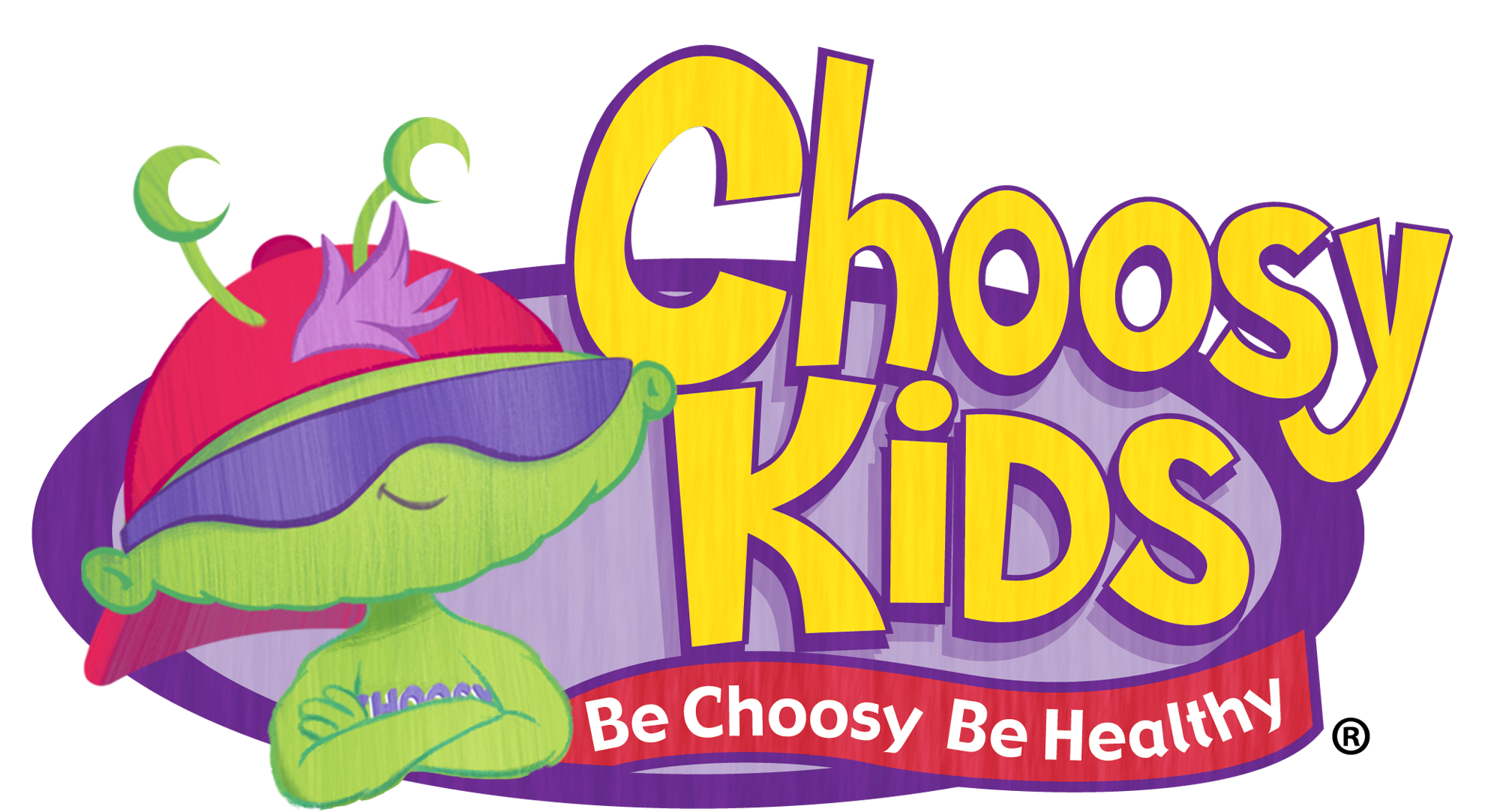
Keep Your Heart Happy
Posted by Christine Cox on

We know that at least 60 minutes of exercise every day is important to stay healthy. And that 60 minutes is for all ages, from 1 to 100! But how do you teach young children that physical activity is healthy for their hearts? And how do you make exercise fun and not a chore at such a young age so that heart health continues every day until they are 100 years old?
What is the Heart?
When talking to children about what their heart does, start by showing where their heart is located in their chest and try to explain that the heart’s job is to be a pump for blood. Explain to children that their heart is a very important organ. Without a heart, we can’t live so that is why we need to keep it healthy. You can show how a heart works by making a fist and open and close it, representing the motion of our heart beating and pumping blood and oxygen throughout the rest of our body.
Now take this a step farther and have children hold their hands over their hearts. Can they feel their heart beating? This helps children understand that there really is a heart inside their body!
Happy Heart versus Very Happy Heart
Please don’t use this as a scare tactic, but explain to children that moving makes you healthy and not moving could make their heart unhealthy and sick in the future. When children learn about the benefits of exercise at an early age, they are more prone to continue doing it throughout their lifetime. It is important that adults teach children about how to exercise all parts of their bodies, including their heart!
To explain healthy heart exercise to children, talk about a happy heart versus a very happy heart. A happy heart is the way their heart feels when they are playing at a table or on the floor, reading, eating a meal, laughing and being with family and friends. A very happy heart is when they are running, jumping, swimming, skipping, dancing, etc. It is getting up and moving faster than they typically do!
You can easily test children’s understanding of a happy heart versus a very happy heart. Have children place their hand on their heart. Have them close their eyes and try to imagine their hearts beating normally sitting quietly. Next, have the children jump up and down 10 times really fast. Have them place their hands on their hearts with their eyes closed again. Ask if they feel their heart beating faster? Is their breathing faster? And make sure you say, “That was fun!” Encourage the good feeling they have when their hearts are beating fast and are very happy!
Make Exercise Fun
Two year old children aren’t going to be pumping iron at the gym to make their hearts very happy. Instead, children are going to find other ways to get their hearts pumping faster than they do when they are relaxing.
Work together with children so that everyone is making their heart very happy. The song My Heart Says Thanks can help children understand when their heart is happiest. Listen and dance to this song together to get your hearts pumping fast!
Running, jumping and skipping outside together is another way to make hearts very happy. Play tag, run a race, or chase each other. Play hopscotch, pretend to be horses or play Simon Says! But remember, do not over exert children. While the recommendation is 60 minutes of exercise a day, that doesn’t mean it has to all be done in one 60 minute session. Spread out the bursts of very happy heart exercise throughout the day.
Keep Your Heart Very Happy
In order to have a very happy heart, we need to teach children that it takes more than being active. To have a very happy heart we need to eat healthier and not smoke. Exercising is only one factor of a very happy heart, but it is important. Teach children that smoking is not healthy for their bodies and for the people around them. Additionally, teach them that eating a diet full of fruits and vegetables is best for their heart. While we all love sugar, and some of us may have a larger sweet tooth than others, sugar is unhealthy for the entire body, including the heart. Try to educate children on what treats are good for them (sweet fruits, not cookies) and how they can share what they’ve learned with others.
Children are like sponges. They soak up all of the information you provide to them. So even if they don’t pick up on what a happy heart is versus a very happy heart the first day you explain it, you may be surprised to hear them say their heart is very happy the next time you are at the playground. Always let children know when your heart is very happy too!
Share this post
- 81 comments
- Tags: children, happy heart, heart, music, my heart says thanks







Heart Medical is leading the industry in Medical care solutions. We are your course for medical equipment and medical supplies to fit your budget and customer needs. Visit: ultrasound transducer probe for more information.
[url=https://bryansktoday.ru/article/169181]Завод металлоконструкций[/url]
]
hydroxycloraquin chloroquine generic hydroxychloroquine malaria
tadalafil from canada to usa sublingual tadalafil tadalafil cost walmart